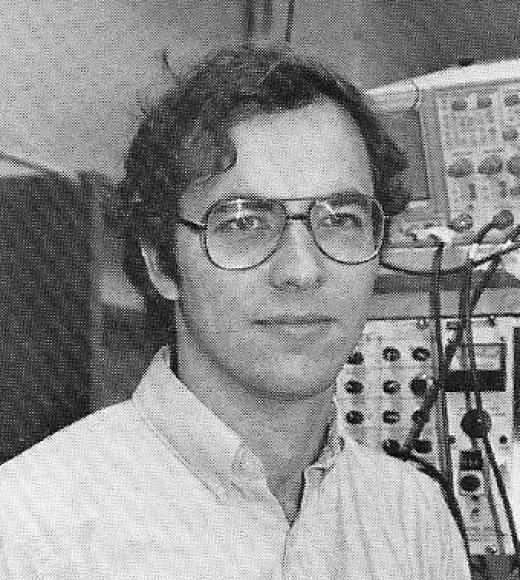
Position Title
Professor Emeritus
My research efforts are concentrated in three areas: the use of mass spectrometry in environmental chemistry, the application of laser spectroscopy to the study of combustion processes, and the investigation of fundamental properties of hydrocarbon radicals.
Environmental analytical work in my laboratory involves development of new analytical techniques using laser desorption mass spectrometry and its application to examine airborne particles collected on sampling filters. Laser desorption - laser photoionization time of flight mass spectrometry (LDLPMS) is aptly suited to environmental analyses. The laser desorption and ionization process is not impeded by salts and gives essentially instantaneous volatilization of the sample. Thus the LDI-TOF mass spectrometer is an effective means to directly analyze soot or fly ash samples for polycyclic aromatic hydrocarbons and their chlorinated analogs, eliminating labor intensive and costly extraction procedures. Our method provides rapid analysis of the samples without any wet chemistry. It also can be adapted for use with a field portable system.
Education, Awards and Representative Publications
- Appointed to UC Davis faculty (1986)
- Research Associate, University of Oregon (1983-1986)
- Research Associate, Princeton university (1981-83)
- Ph.D. Pennsylvania State University (1981)
- A.B. Dartmouth College (1976)
Representative Publications
- Kennedy, I.M., Y. Zhang, A.D. Jones, C.P.Y. Chang, and P.B. Kelly. 1999. The morphology of chromium emissions from a laminar hydrogen diffusion flame. Combustion and Flame, 116, 233-242.
- Bezabeh, D.Z., A.D. Jones, L.L. Ashbaugh, and P.B. Kelly. Screening of aerosol filter samples for PAHs and nitro-PAHs by laser desorption ionization TOF mass spectrometry. Aerosol Science and Technology, in press.
- Zhang, Y., Y. Yoon, P.B. Kelly, and I.M. Kennedy. 1998. Measurement of quenching cross sections for laser induced fluorescence of atomic arsenic. Applied Optics, 37, 7132-36.
- Bezabeh, D.Z., T.M. Allen, E.M. McCauley, P.B. Kelly, and A.D. Jones. 1997. Negative ion laser desorption ionization time of flight mass spectrometry of nitrated polycyclic aromatic hydrocarbons. J. Amer. Soc. Mass Spec., 8, 630-635.
- Johnson, B.R., C. Kittrell, P.B. Kelly, and J.L. Kinsey. 1996. Resonance raman spectroscopy of dissociative polyatomic molecules. J. Phys. Chem., 100, 7743-7764.
- Allen, T.M., D.Z. Bezabeh, C.H. Smith, E.M. McCauley, A.D. Jones, D.P.Y. Chang, I.M. Kennedy, and P.B. Kelly. 1996. Speciation of arsenic oxides using laser desorption/ionization time-of-flight mass spectrometry. Anal. Chem., 68, 402-405.
- Tarrant, D.H., J.D. Getty, X. Liu, and P.B. Kelly. 1996. Resonance raman spectroscopy of the 1-methylallyl radical. J. Phys. Chem., 100, 7772-7777.
- Dotter, R.N., C.H. Smith, M.K. Young, P.B. Kelly, A.D. Jones, E.M. McCauley, and D.P.Y. Chang. 1996. Laser desorption/ionization time-of-flight mass spectrometry of nitrated polycyclic aromatic hydrocarbons. Anal. Chem., 68, 2319-2324.
- Getty, J.D., X. Liu, and P.B. Kelly. 1996. Observation of the 2-methylallyl radical by resonance raman spectroscopy. J. Chem. Phys., 104, 3176-3180.
